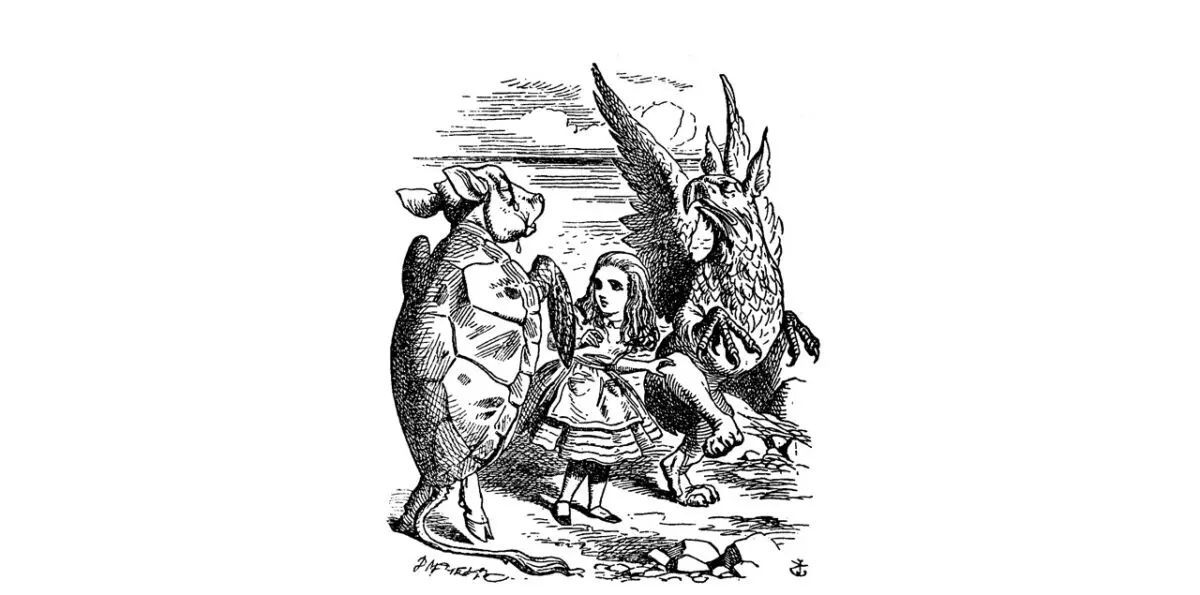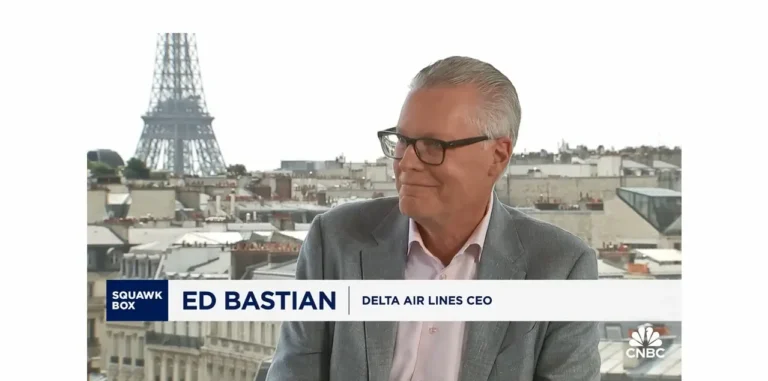Do You Have Some Explaining to Do?
Help your audience understand complex events. Here’s our step-by-step guide to writing better explainer stories.
About four-fifths of the way through “Alice’s Adventures in Wonderland,” our protagonist agrees to tell the Gryphon and the Mock Turtle about her adventures that day.
“But it’s no use going back to yesterday, because I was a different person then,” Alice says.
“Explain all that,” the Mock Turtle asks.
“No, no! the adventures first,” the Gryphon says in an “impatient tone.” “Explanations take such a dreadful time.”
Nearly 160 years later, Alice might have responded, “Here’s the explainer I’ve written.”
An explainer is a story that takes apart a news event, particularly a complex one, to put it in context in simple, accurate terms. It helps the audience appreciate why a story is important.
Every professional communicator should have the explainer in that big rolling tool chest of storytelling techniques. Follow these steps to write good ones.
1. Why should I publish explainers?
They’re well read. Most people think new content drives traffic, digital content consultant Adam Tinworth notes. But it’s the other way around. As much as 70% of your traffic comes from the story archive, he writes.
A senior staff editor at the New York Times recently wrote that explainers are “mobile-friendly” and “answer questions that readers are searching online.”
2. What should I explain?
Anything that’s complicated and important. David Roberts, a former writer at Vox, the news site that helped pioneer explainers, put it this way:
The great question of our age is simply, WTF? WTF isn’t asking after what happened. It’s easy to find out what happened these days. Rather, it’s pointing at what happened and asking, well … WTF?
What’s the deal with that? How does it work? How good or bad is it, really? How does it connect with these other things? What can we learn from its history?
People want to know how the world works. They want to know why the things that are happening are happening.
It helps if the topic is in the news.
3. How do I start?
Pick a news story or topic that your friends, siblings or mom complain they don’t understand. Or something you’d like to know more about. Then Google it. If the question is readily answered, move on.
If the answer isn’t clear, draw up a couple basic questions to be answered.
4. How do I explain?
Start by reporting:
- Read everything.
- Interview everybody.
- Repeat until done. (You may never be finished, but you will be done.)
A good explainer is not a simpler rewrite of a jargon-filled report. Explainers are a chance to take the audience behind the scenes. Let your subject matter experts be your guide.
5. What’s the format of an explainer?
In a common format, the text is broken up into bite-sized servings with headings, called subheds in newsrooms. Often the subheds are in the form of a question, like this story.
Vox, one of the earliest practitioners of the explainer, publishes stories in this format, although some are a bit long for some tastes.
6. Is an explainer a Q&A?
No. That format should convey a person’s opinions, views and feelings, with a little bit of background. Capturing the subject’s voice is key in a Q&A.
7. What other tools can I use?
Data analysis can explain why things are the way they are or dispel misconceptions. Examples are the Times’s Upshot and fivethirtyeight.com. These sites move beyond the narrow scope of the humble, hard-working explainer story, as defined here. They fall into the broader category of explanatory journalism.
8. Explanatory what?
Explanatory journalism is an effort “to provide greater context than you’d get from a standard news article, in order to help the audience make sense of and understand the topic,” according to media management site The Fix.
Journalists have always tried to do this. Explanatory journalism is as old as dirt, which is also an essential ingredient of the news business.
But in the early 1980s, journalists began to realize that stories explaining things could stand on their own. The Pulitzer Prize Board began handing out awards for it in 1985. (Its name was changed from Explanatory Reporting in 1998.)
9. How do I write the piece?
Your lede should be the most interesting fact you’ve uncovered. That’s why after the Alice anecdote this piece went with the stat on website traffic.
Establishing the logic of the explanation is crucial. This piece goes step by step, from finding an idea for the explainer to writing the headline. But a chronological rendition may not always be the best way.
“The crucial thing is to nail the simple question and to write it in a way that doesn’t require any background knowledge,” says Brian Palmer, Slate’s former chief explainer.
10. What about graphics?
Good idea. The Guardian’s explainers feature an array of graphics, such as photos, charts, maps and illustrations.
11. What’s in the headline?
Like any story, you should be asking this question at the beginning, not the end! Nonetheless, explainer headlines typically feature words and phrases such as:
- What’s next for …?
- Inside …
- What you need to know about …
- Takeaways from…
You get the idea. Now start reporting.
Tom Corfman can explain that he’s an attorney and senior consultant with Ragan Consulting Group, where he directs the Build Better Writers program.
Contact our client team to learn more about how we can help you with your communications. Follow RCG on LinkedIn and subscribe to our weekly newsletter here.







